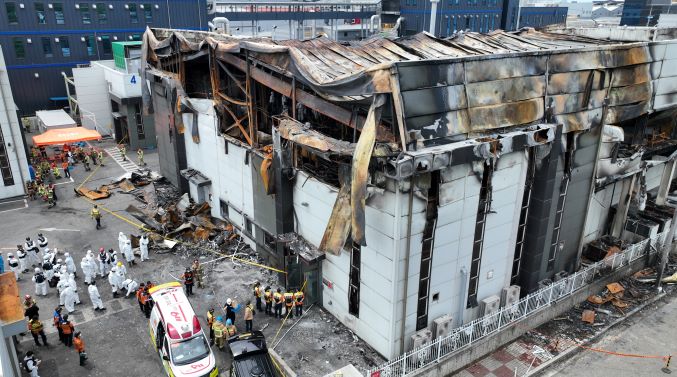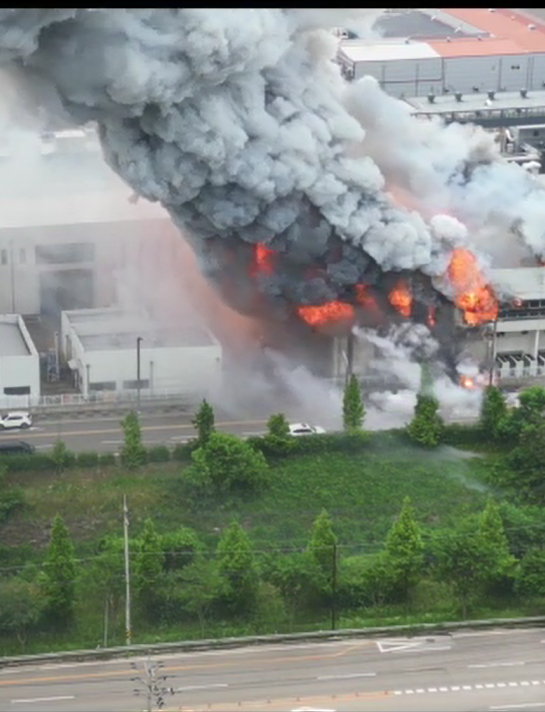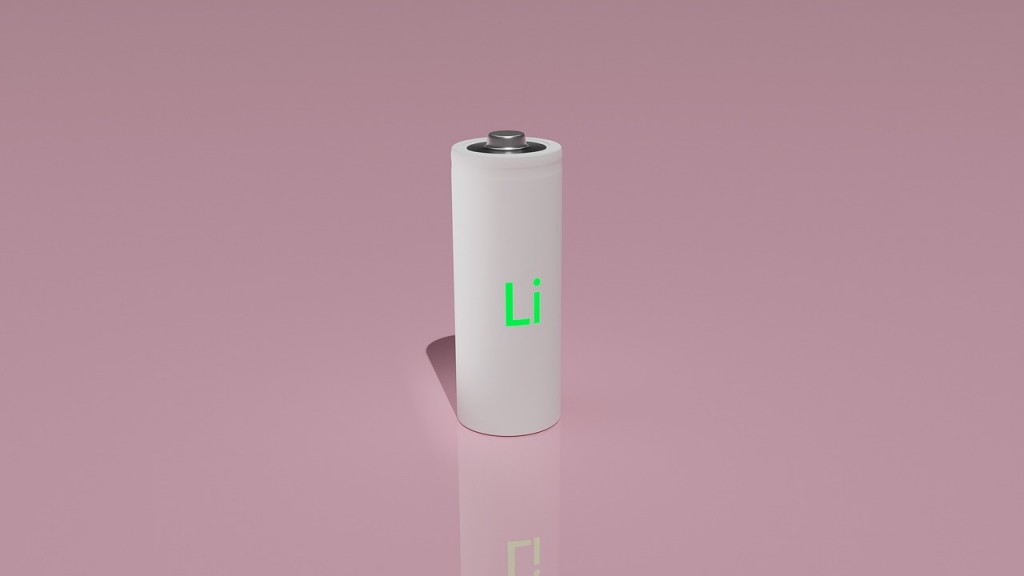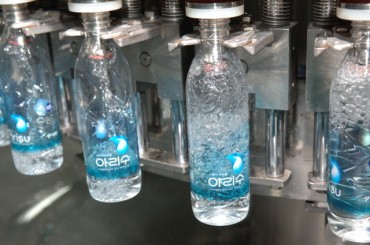
On June 25, officials from the police, fire department, National Institute of Scientific Investigation, Korea National Institute of Homeland Security, Ministry of Employment and Labor, and Occupational Safety and Health Administration arrived at the scene of a fire at a lithium battery factory in Seosin-myeon, Hwaseong-si, Gyeonggi-do, to conduct a joint investigation into the cause of the fire.
SEOUL, Jun. 25 (Korea Bizwire) – A devastating fire at a primary battery manufacturing plant in Hwaseong, South Korea, has once again brought the safety risks of lithium batteries into sharp focus.
The blaze, which broke out at 10:31 a.m. on June 24 at the Aricell factory in Hwaseong’s Seosin-myeon district, has claimed the lives of 22 workers, with eight others injured. The incident has sent shockwaves through the country’s booming battery industry and raised questions about the safety protocols in place at such facilities.
Aricell, a subsidiary of the KOSDAQ-listed company S-Connect, specializes in the production and sale of lithium primary batteries. These power sources are primarily used in smart grid technologies, including smart meters.
The factory where the fire occurred, known as Building 3, was constructed in April 2018 and was part of a larger complex consisting of 11 buildings with a total floor area of 5,530 square meters.
At the time of the fire, Building 3 housed approximately 35,000 finished lithium battery products. The presence of such a large quantity of batteries likely contributed to the rapid spread and intensity of the fire, according to experts.
The incident has reignited concerns about the fire hazards associated with lithium batteries, which have become ubiquitous in modern electronic devices and electrical equipment.
From electric vehicles to smartphones, laptops, and eco-friendly energy storage systems (ESS), lithium-ion batteries power much of our daily lives.
However, these energy-dense power sources come with inherent risks. Battery fires are notoriously difficult to extinguish using conventional firefighting methods.
Even when the flames appear to be out, internal temperatures can remain dangerously high, leading to potential reignition.

The fire was caused by the storage of more than 34,000 lithium batteries, likely resulting in a significant ‘thermal runaway’ phenomenon,” estimated Dr. Kim Soo-young of the National Fire Research Institute, who participated in the joint investigation. (Image provided by a citizen who captured the fire accident)
Professor Kong Ha-Sung of Woosuk University’s Department of Fire and Disaster Prevention explained, “Even a fire from a single electric vehicle can take three hours of continuous water application to extinguish. With the volume of lithium batteries stored in a factory, the challenges for firefighters are immense.”
The fire is believed to have started when a single battery ignited on the second floor of Building 3, rapidly spreading throughout the structure. Eyewitnesses reported seeing intense flames, thick smoke, and hearing multiple explosions in the early stages of the fire.
This incident bears similarities to the October 15, 2022 fire at the SK Pangyo Data Center in Seongnam, which caused widespread disruption to Kakao’s messaging services.
That fire, also attributed to a spark from a lithium-ion battery, resulted in service outages lasting 127 hours and 30 minutes.
While the batteries involved in the Aricell fire are primarily single-use (non-rechargeable) types, which generally pose a lower fire risk compared to rechargeable lithium-ion batteries, experts caution that all lithium-based batteries can be dangerous under certain conditions.
Lithium’s high reactivity with air and heat means that even primary batteries can explode and ignite if exposed to high temperatures or moisture.
As lithium-based technologies continue to proliferate across various sectors, Kong emphasized the need for heightened vigilance and improved safety strategies.
“With lithium being used in so many aspects of our society, we must approach this issue with extreme caution and develop comprehensive response strategies,” he advised.

Lithium’s high reactivity with air and heat means that even primary batteries can explode and ignite if exposed to high temperatures or moisture. (Image courtesy of Pixabay/CCL)
M. H. Lee (mhlee@koreabizwire.com)






